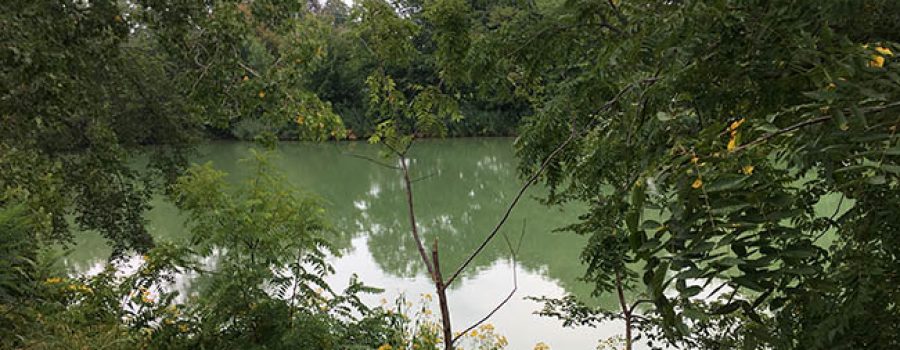Human activities can promote the growth of blue-green algae. For instance, agricultural, urban and stormwater runoff, effluent from sewage treatment plants and industry, and leaching from septic systems can elevate the levels of nutrients in water bodies, which can promote algae growth. Reducing or eliminating nutrient inputs from these sources is a proactive way to reduce the occurrence of blue‑green algal blooms.
Take these simple steps to prevent the growth of blue-green algae:
• use phosphate-free detergents, personal care and household cleaning products
• avoid using fertilizers on lawns, especially fertilizers that contain phosphorus
• maintain a natural shoreline on lake and riverfront properties
• reduce agricultural runoff by planting or maintaining vegetation along waterways and minimize fertilizer use, and
• check septic systems to ensure they do not leak into the water source.
Please visit the Ontario Ministry of the Environment and Climate Change Website for the most up to date information:
https://www.ontario.ca/page/blue-green-algae
Download Blue-Green Algae Fact Sheet

